
The University of Wyoming (UW) is a public land-grant research university in Laramie, Wyoming, United States. It was founded in March 1886, four years before the territory was admitted as the 44th state, and opened in September 1887. The University of Wyoming's location is written into the state's constitution. The university also offers outreach education in communities throughout Wyoming and online.
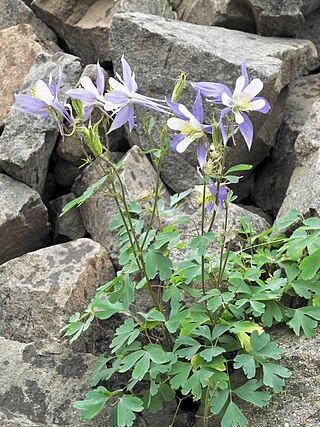
Aquilegia coerulea, the Colorado columbine, Rocky Mountain columbine, or blue columbine, is a species of flowering plant in the buttercup family Ranunculaceae, native to the Rocky Mountains and some of the surrounding states of the western United States. It is the state flower of Colorado. The Latin specific name coerulea means "sky blue".

Edwin Emery Slosson was an American magazine editor, writer, journalist and chemist. He was the first head of Science Service, and a notable popularizer of science.

Elmer Drew Merrill was an American botanist and taxonomist. He spent more than twenty years in the Philippines where he became a recognized authority on the flora of the Asia-Pacific region. Through the course of his career he authored nearly 500 publications, described approximately 3,000 new plant species, and amassed over one million herbarium specimens. In addition to his scientific work he was an accomplished administrator, college dean, university professor and editor of scientific journals.
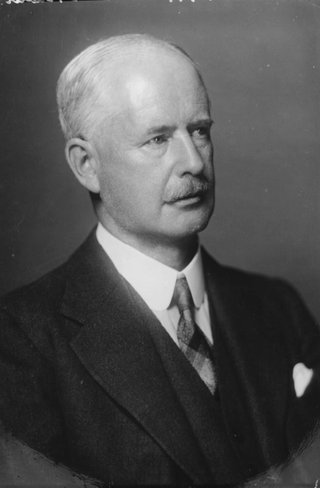
Sir Edwin John Butler was an Irish mycologist and plant pathologist. He became the Imperial Mycologist in India and later the first director of the Imperial Bureau of Mycology in England. He was knighted in 1939. During his twenty years in India, he began large scale surveys on fungi and plant pathology and published the landmark book Fungi and Disease in Plants: An Introduction to the Diseases of Field and Plantation Crops, especially those of India and the East (1918) and has been called the Father of Mycology and Plant Pathology in India.

Harry Howard Barton Allan was a New Zealand teacher, botanist, scientific administrator, and writer. Despite never receiving a formal education in botany, he became an eminent scientist, publishing over 100 scientific papers, three introductory handbooks on New Zealand plants, and completing the first volume of a flora in his lifetime.

George Everett Osterhout was an American businessman and botanist. A Pennsylvania native, he later moved to Colorado and became known for his research into the flora of the Rocky Mountains. The standard author abbreviation Osterh. is used to indicate this person as the author when citing a botanical name.
Roger Lawrence Williams, was an American historian with major interests in French political history, particularly the Second Empire associated with Napoleon III. He served on the faculty in History departments at several universities, becoming department head at three. He was a founding member of the Society for French Historical Studies. In later years he developed a keen interest in botany, and wrote extensively on that subject, especially its early history in France. Williams did not marry and left his estate to the Wyoming Community Foundation.
Stanley Adair Cain was a botanist and pioneer of plant ecology and environmental studies.

Hugh Carson Cutler was a plant taxonomist, economic botanist, plant collector, and pioneer of paleoethnobotany.
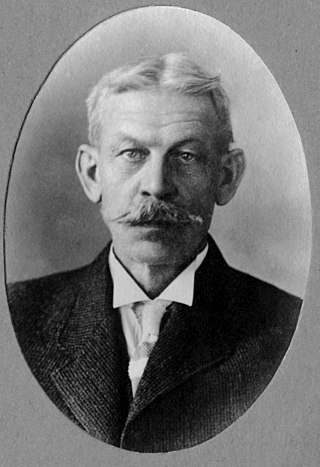
Frank Tweedy (1854–1937) was an American topographer and botanist. He worked on pioneering surveys first in the Adirondacks, and then in the American West. He also made major contributions to our knowledge of the western flora and vegetation. He is perhaps best known for his studies in Yellowstone National Park.
Johnstonella is a genus of flowering plants belonging to the family Boraginaceae.
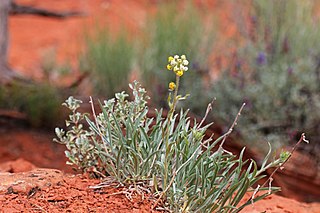
Oreocarya is a genus of flowering plants in the family Boraginaceae. There are about 63 species and its native range extends from western and central Canada, through western United States to north Mexico. It is part of subtribe of Amsinckiinae.
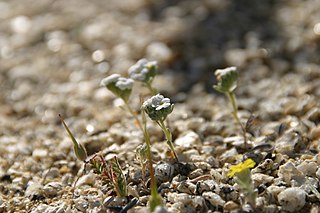
Eremocarya is a genus of flowering plants in the family Boraginaceae. There are two species and its native range extends through the western United States and Texas to northwestern Mexico. It is part of subtribe of Amsinckiinae.

Greeneocharis is a genus of flowering plants in the family Boraginaceae. There are two species, and it has a disjunct distribution in the western United States and northwestern Mexico in North America and western Argentina in southern South America. It is part of subtribe of Amsinckiinae.
Lewis Edgar Wehmeyer was an American botanist and mycologist. He gained an international reputation as an expert on the genera Pleospora and Pyrenophora.
Sydney Francis Ashby was a British mycologist and phytopathologist. He published on the genus Phytophthora.

Aquilegia micrantha, the Mancos columbine or Bluff City columbine, is a perennial species of flowering plant in the family Ranunculaceae. It is native to Utah, Colorado, and Arizona. The species grows to between 30 cm (12 in) and 60 cm (24 in) tall and produces flowers that can be white, cream, blue, or pink.

Oreocarya cana is a long-lived species of perennial plant known by the common names mountain cryptantha and mountain cat's-eye in the family Boraginaceae. It is found in the western and central United States.














